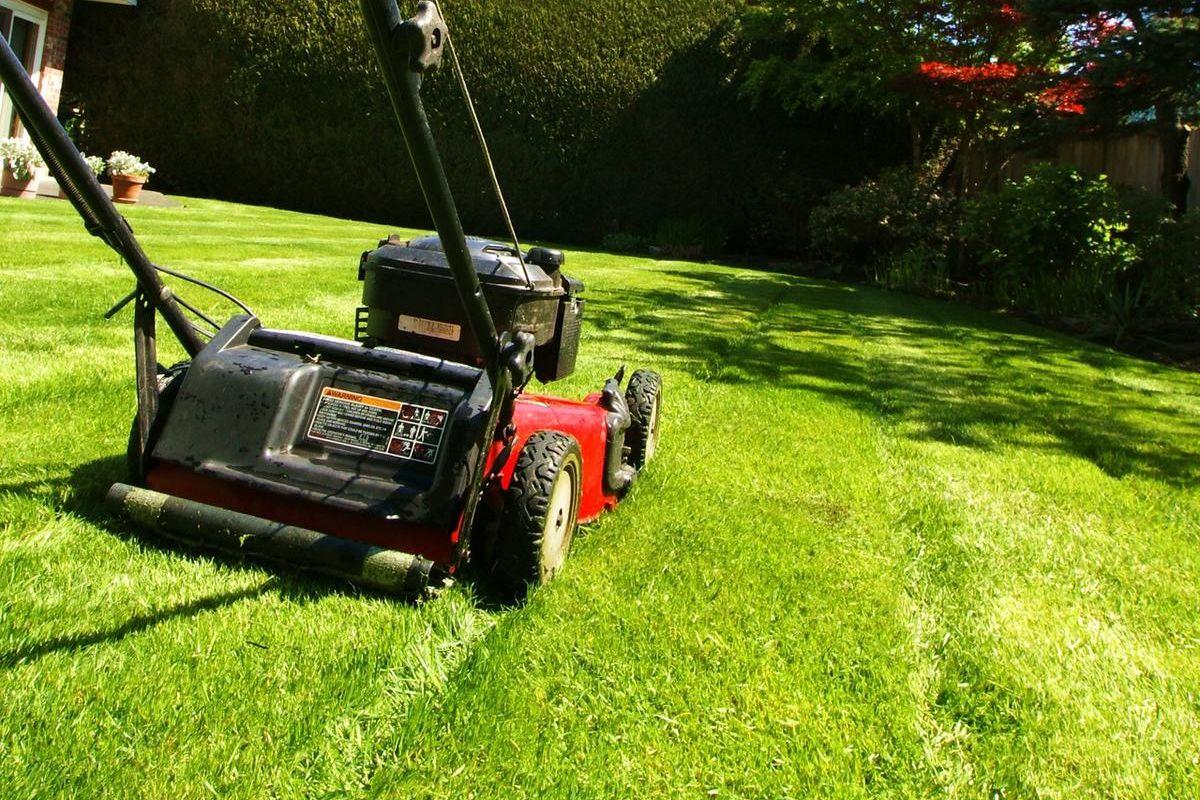Lawn care enthusiasts and professionals alike understand that maintaining a lush, green landscape requires not just dedication but also a well-functioning mower. Among the popular choices for power and reliability is the Kawasaki FR730V engine, favored for its performance in residential and commercial lawnmowers. But even the most dependable devices occasionally have issues. In this post, we’ll delve into common issues such as Kawasaki FR730V problems, why a mower might only start when the solenoid is jumped, and the importance of cleaning the carburetor on your lawn mower.
Kawasaki FR730V Common Problems
The Kawasaki FR730V engine is known for its durability and power, making it a top choice for heavy-duty lawn mowing tasks. Despite its strengths, users may occasionally face issues that can affect its performance. One common problem is the engine not starting or running unevenly. This can often be traced back to fuel delivery issues, spark plug degradation, or air intake problems. Regular maintenance, including checking and replacing the spark plugs and air filters and ensuring fresh fuel, can mitigate many of these issues.
Another issue that might arise with the Kawasaki FR730V is overheating. This is frequently due to a blocked cooling system or an overworked engine. Keeping the cooling fins clean and ensuring the mower is operated within its capacity limits can help prevent overheating.
Mower Only Starts When I Jump Solenoid
A mower that only starts when the solenoid is jumped is a common symptom pointing to a few potential issues. The solenoid serves as a critical component in the electrical system, acting as a switch that connects the starter to the battery upon turning the ignition key. When this part fails, or there’s an issue in the circuit, the mower might not start through the regular ignition process.
This problem can be caused by a faulty solenoid, a weak battery, corroded electrical connections, or a bad ignition switch. To diagnose this issue, start by checking the battery’s charge and condition. If the battery is in good shape, examine the solenoid, wiring, and connections for corrosion or damage. Replacing the solenoid is often a straightforward and cost-effective solution if it’s found to be the culprit.
Cleaning Carburetor Lawn Mower
The carburetor is a vital component of a lawn mower’s engine, mixing air and fuel in the correct ratio for efficient combustion. Over time, the carburetor can become clogged with debris, leading to a range of issues from starting difficulties to rough running or even the engine stalling. Cleaning the carburetor regularly is essential for maintaining optimal engine performance and extending the life of your mower.
Steps for Cleaning Your Lawn Mower Carburetor:
- Safety first: To avoid unintentional starts, disconnect the spark plug wire.
Access the Carburetor: Depending on your mower model, this may involve removing the air filter cover and other components. Refer to your mower’s manual for specific instructions. - Remove the Carburetor: Carefully disconnect the fuel lines (ensure you’ve drained the fuel or clamped the line) and remove any mounting bolts. Observe every component and where it is placed.
- Clean the Carburetor: Use a carburetor cleaner and a soft brush to gently clean the carburetor’s parts. Avoid using wire or anything abrasive that could damage the parts. Pay particular attention to the jets and the float bowl, as these areas commonly accumulate debris.
- Reassemble and Test: After thoroughly cleaning and drying the carburetor, reassemble it and reconnect it to your mower. Reattach the spark plug wire, refill the fuel, and test the mower for improved performance.
Preventive Measures:
- Use fresh fuel with a stabilizer to minimize the risk of clogs.
- Regularly replace the air filter to prevent debris from entering the carburetor.
- Perform seasonal maintenance checks as recommended by your mower’s manufacturer.
Conclusion
Dealing with Kawasaki FR730V problems, solenoid issues, or a dirty carburetor can be frustrating for any lawn mower owner. However, with a basic understanding of these common issues and a commitment to regular maintenance, you can ensure your mower continues to run smoothly and efficiently. Remember, prevention is key. By taking proactive steps to maintain your mower, you’ll save time and money in the long run while keeping your lawn looking its best. Whether you’re a DIY enthusiast or prefer professional maintenance, the key to a healthy lawn mower lies in understanding its needs and addressing problems promptly and effectively.



